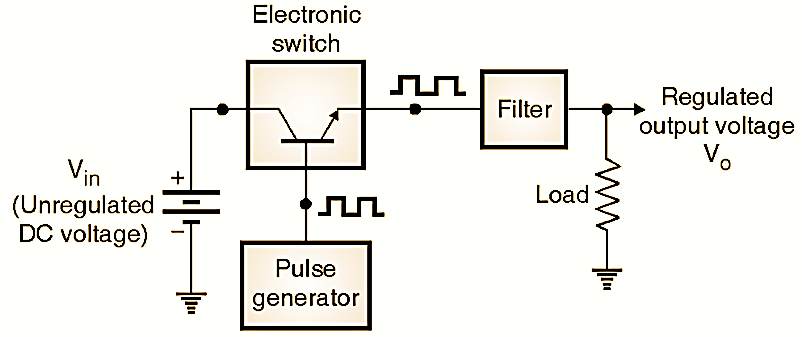SMPS Load Regulation Techniques – Keep Your Output Steady!

🧠 The Problem :
Switched-Mode Power Supplies (SMPS) are efficient, but their output voltage can fluctuate when the load changes. This is called poor load regulation, and it can damage sensitive electronics or cause instability in microcontroller-based projects.
🛠️ The Solution :
Good load regulation requires smart feedback design. Use a voltage divider from the output to feed the feedback pin of your regulator. For linear loads, place capacitors close to the output, and keep traces short and thick to minimize voltage drops. You can also improve response with low-ESR capacitors and a properly tuned compensation network in the feedback loop.
🧪 Practical Example :
If you’re powering an Arduino and a motor from the same 5V SMPS, the motor’s sudden current draw can momentarily drop the voltage. This might reset the Arduino. By adding a 1000µF capacitor and isolating loads with diodes or filters, you can keep your logic stable even when the motor kicks in.
📐 Sample Calculation :
To maintain 5V at full load of 2A:
If wiring drops 0.1Ω:
Voltage drop = I × R = 2A × 0.1Ω = 0.2V
That’s 4.8V at your microcontroller – too low!
Use thicker wires or reduce resistance to 0.02Ω:
2A × 0.02Ω = 0.04V drop – much better!
🛒 Product Suggestion :
Use quality low R<sub>DS(on)</sub> MOSFETs and flux for cleaner builds:
Shop now at SmartXProKits.in
🇮🇳 Support our work and India’s innovation—buy from our Make in India site!



















